Build a Scalable Data Pipeline with Apache Kafka
Analytics Vidhya
MARCH 10, 2023
It was made on LinkedIn and shared with the public in 2011. Introduction Apache Kafka is a framework for dealing with many real-time data streams in a way that is spread out.




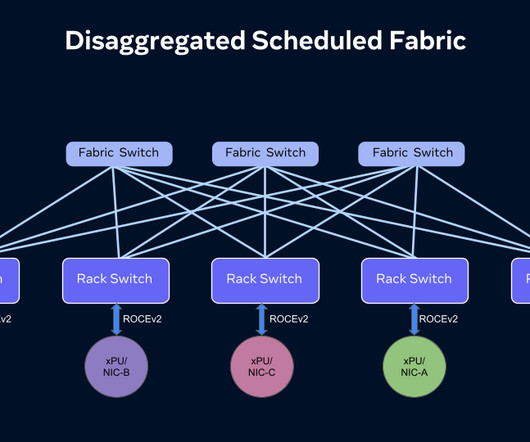


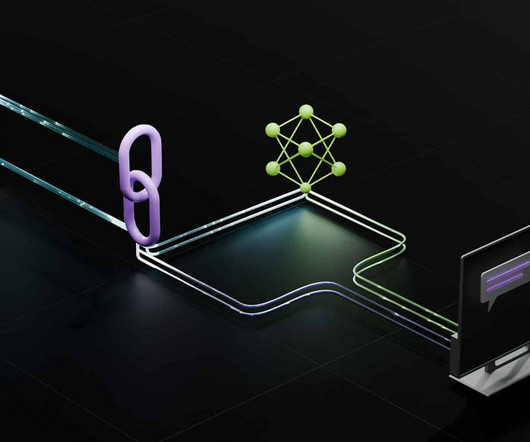
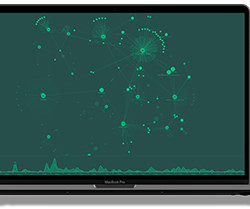
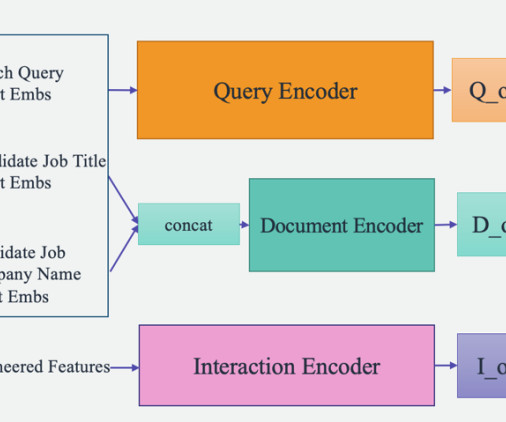

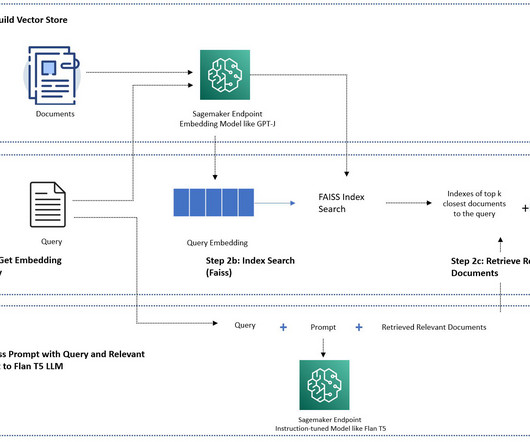








Let's personalize your content